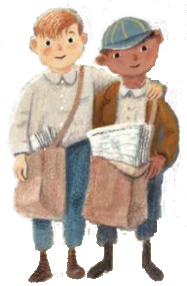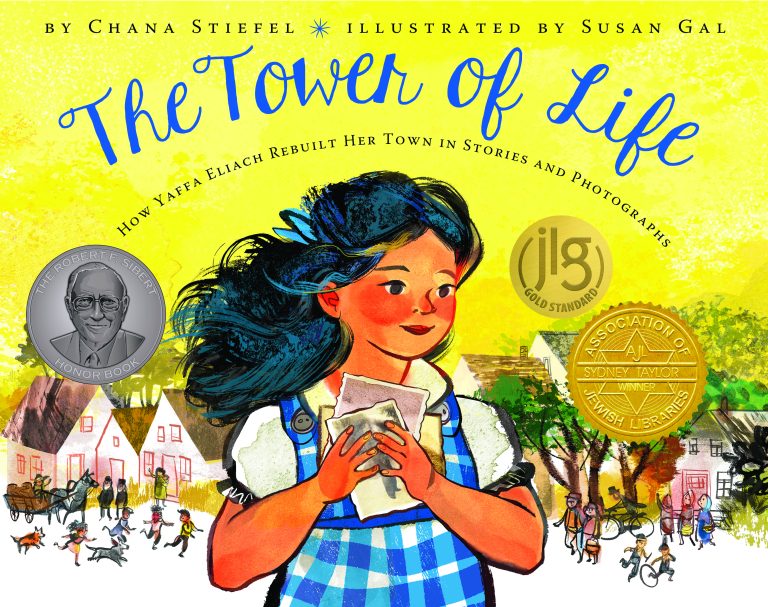Five Important Things for Writers
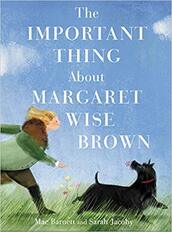 Once in a while, a picture book grabs you by the collar and makes you sit up and take notice. THE IMPORTANT THING ABOUT MARGARET WISE BROWN by Mac Barnett and Sarah Jacoby (Balzer & Bray, 2019) is one of those books. Each time I read it, I continue to be blown away by its cleverness and beauty. Here are five important things about the style and content of this book that contain essential takeaways for picture book writers:
Once in a while, a picture book grabs you by the collar and makes you sit up and take notice. THE IMPORTANT THING ABOUT MARGARET WISE BROWN by Mac Barnett and Sarah Jacoby (Balzer & Bray, 2019) is one of those books. Each time I read it, I continue to be blown away by its cleverness and beauty. Here are five important things about the style and content of this book that contain essential takeaways for picture book writers:
Important Thing #1: Voice. Aside from Jacoby’s stunning illustrations, the first important thing you will notice about this book is its unique voice. It begins:
Margaret Wise Brown lived for 42 years.
This book is 42 pages long.
You can’t fit somebody’s life into 42 pages,
so I am just going to tell you some important things.
The tone throughout is direct, smart, and a bit snarky. It’s filled with hard truths and is dripping with sarcasm and irony. Yet in just 42 pages we are drawn to the strangeness and beauty of Margaret Wise Brown’s short life. The voice reminds me of Lemony Snicket in A Series of Unfortunate Events (particularly the TV version, portrayed by the actor Patrick Warbuton when he says something like “Someone will be dead by the end of this episode”). Barnett’s original voice calls to mind some of my other favorite picture book biographies, each with its own unique voice such as Me, Jane by Patrick McDonnell, On a Beam of Light: A Story of Albert Einstein by Jennifer Berne & Vladimir Radunsky, and The Iridescence of Birds: A Book About Henri Matisse by Patricia MacLachlan & Hadley Hooper.
The takeaway: If you’re tackling a picture book biography, think outside the box. Find a fresh, new voice to tell your tale.
Important Thing #2: Betta’ with meta. Several times throughout the book, the text and illustrations display a certain meta-fictive awareness of being a book. This isn’t the core theme of the book. It’s more of a tool to pique our interest and move the story forward. For example, the text refers to the number of pages remaining, pulling us forward with suspense. If we know that the book is 42 pages long, and we’re up to page 38, we know something will happen soon that will sadly shorten Margaret’s life.
The takeaway: Don’t be afraid to try something experimental to add a layer to your text.
Important Thing #3: Heighten the conflict. In this biography, we meet a villain named Anne Carroll Moore…and she’s a librarian at the New York Public Library! Let that sit with you for a moment. Moore wields a lot of power with a big rubber stamp that she slams down on books with the message, “NOT RECOMMENDED FOR PURCHASE BY EXPERT.” Margaret Wise Brown’s books were rejected again and again by this power-wielding, evil librarian. Of course, this important thing has the desired effect of making us appreciate Margaret and her books even more.
The takeaway: Face your fears! Don’t shy away from conflict. Build it up big time. When writing picture books (biographies in particular), dig through primary and secondary sources to find those precious (and sometimes painful) nuggets that will make your story stronger. Conflict moves the storyline forward and makes us root for our hero even more.
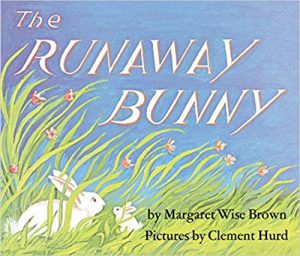

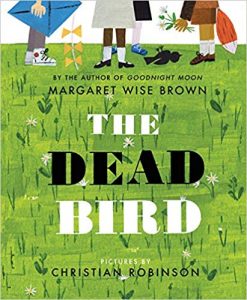
Important Thing #4: Tackle hard topics. In just 42 pages, Barnett and Jacoby tackle several hard topics head on. These include: death, rejection, book banning, and even skinned rabbits! (Gah! Spoiler alert! This is why so many bunnies show up in Goodnight, Moon, The Runaway Bunny, and more!)
The takeaway: Let’s not sugarcoat life for kids. They’re growing up in tough times. They need to know that life isn’t all soft bunnies whispering hush. Life can be filled with challenges but children can learn to overcome them…just like Margaret Wise Brown did.
Important Thing #5: Celebrate strangeness. I learned many important things about Margaret Wise Brown in this book, but the biggest takeaway was that she was a strange woman who wrote strange books that we still adore today. She celebrated her own quirkiness and never let other people’s opinions stop her. What could be more empowering than that?
The takeaway: Don’t let naysayers–or even your own inner evil librarian–hold you back. Write the stories that you want to write. Write with passion, humor and beauty. And hopefully others will love your stories too.
What other Important Things did you find in this picture book and others that you’re reading? What Important Things will you be incorporating into your manuscripts?
